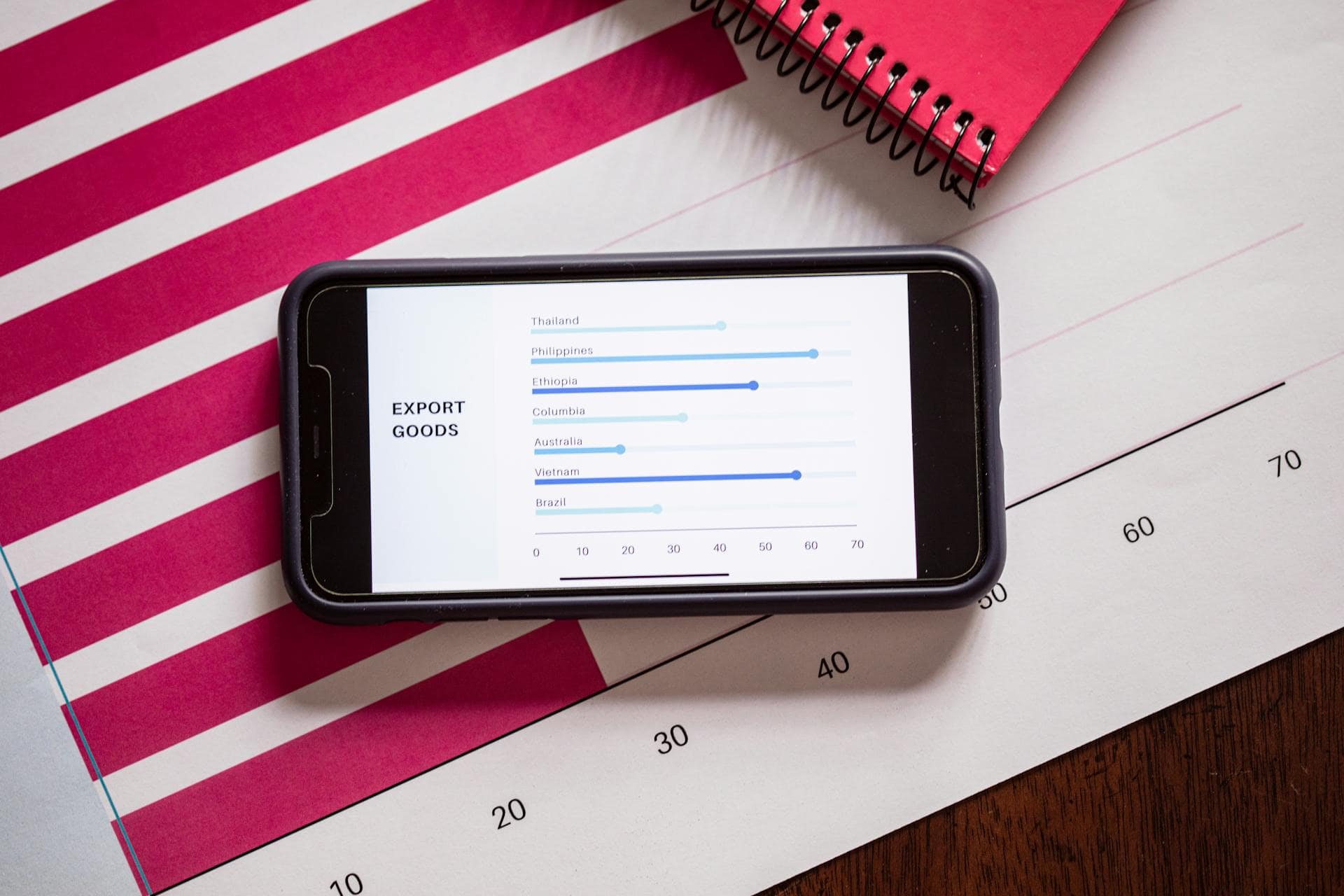Risk assessment and mitigation is a cornerstone in any business model, but especially for organizations involved in global trade. Cross-border transactions and data transfers raise the stakes when compared to domestic deals, exposing participating parties to a realm of additional risks.
Let’s highlight several heavy hitters on the list of potential trade compliance risks, along with mitigation strategies. Before we dive in, it’s crucial to identify who should be involved in the risk assessment process.
Who is Responsible for Risk Assessment in Trade Compliance?
The first step to mitigating risks is assigning responsibility. From its inception, every organization involved in global trade should appoint a designated compliance officer to head their in-house compliance program.
Senior management should aid in forming the organization’s compliance policy and program based on the needs and nature of targeted transactions. These policies should be subject to review as organizational needs and compliance regulations shift over time. The compliance officer will lead the team in conducting risk assessment and mitigation efforts.
Compliance teams and senior management should work together to create an in-house culture of compliance commitment, raising awareness through training. Each member of the organization should be aware of compliance policies and feel personally responsible for adhering to governmental regulations and organizational procedures. Management should encourage all team members to openly communicate any risks, vulnerabilities, or deficiencies they identify within the compliance program.
What, then, are the potential risks, and when should they be assessed?
When to Conduct Risk Assessments
Fledgling organizations are often eager to jump into the world of global trade and start turning a profit. While the startup initiative is key, it’s important for traders to conduct risk assessments before they start making transactions. Why?
“Risks in export compliance are threats that can negatively affect your organization’s reputation and export business, if ignored. The goal of this element is to identify preventable risks your company may face and then build safeguards to control for these risks,” advises the U.S. Department of Commerce Bureau of Industry and Security (BIS) in its Export Compliance Guidelines. “Many companies fail to identify their risks early on and focus solely on getting orders out. This can create vulnerabilities in the compliance program and then require much more work later to correct. Start early and invest in a compliance program that assesses your organization’s risks.”
Yes, being keen to start sealing deals is understandable, but taking time to conduct thorough risk assessments and fleshing out a comprehensive compliance program are worthy investments yielding high ROI.
Let’s start identifying the risks that should be on every trader’s radar.
How to Identify Potential Risks in Global Trade
Global traders are exposed to many risks, from geopolitical tensions to natural disasters and fluctuating foreign exchange rates. While some risks are beyond a trader’s control, knowledge of these risks can help them wisely navigate the ever-shifting global trade landscape.
Traders also demonstrate prudence when taking the initiative to identify risks that are within their power to control. Take just ten common risks, for example:
Risk 1: Failure to gain authorization for the release of sensitive data or intellectual property
Risk 2: Failure to demonstrate due diligence through sufficient record-keeping
Risk 3: Failure to conduct thorough watchlist, sanctions, and denied party screening
Risk 4: Failure to accurately classify products, especially those with dual-use (civilian and military) or military applications
Risk 5: Failure to ensure business partners adhere to ethical standards
Risk 6: Failure to obtain necessary authorizations, including licenses or permits
Risk 7: Exposure to supply chain vulnerabilities
Risk 8: Exposure to cyber and physical threats
Risk 9: Improper understanding or application of trade provisions, such as Free Trade Zones or duty drawbacks
Risk 10: Failure to understand the risk of items being unlawfully diverted to unauthorized end users
The adverse outcomes of the above risks vary in severity. Some simply represent missed opportunities, while others represent potentially significant financial blows and even loss of trade privileges and imprisonment.
How can traders shield themselves from exposure to these risks?
How to Mitigate Risks for Import & Export Transactions
Business-smart traders implement safeguards as a preemptive strike toward risk mitigation. Taking a proactive approach not only works to protect an organization from financial, legal, and reputational repercussions but also demonstrates to the authorities a commitment to regulatory compliance.
What does the risk mitigation process look like?
“Once risk has been identified, the company should utilize a risk management-based process, which is a method of managing by identifying and controlling those events that have the potential to cause significant problems. The key to risk management is to gather and analyze all relevant data efficiently and effectively and use these data to make decisions about allocating resources,” explains the Customs Trade Partnership Against Terrorism Trade Compliance Handbook issued by U.S. Customs & Border Protection (CBP).
Consider implementing these risk mitigation strategies:
- Establishing audit trails – Thorough record-keeping is critical to demonstrating due diligence and mitigating risks.
- Leveraging the latest technology – End-to-end trade compliance software can help automate labor-intensive tasks, boost supply chain transparency, and minimize risks due to human error.
- Conducting thorough screening – Screen all parties of a desired transaction, including logistics handlers, brokers, end-users, and more, against relevant watchlists and denied party lists.
- Investing in improved security (physical and cyber) – Establish a visitor management system and in-house protocols for handling secure data transfers.
- Ensuring accurate product classification – Seek legal advice or consult with compliance experts when handling complex classifications.
- Prioritizing in-house continued compliance education – Keep up with dynamic compliance regulations and shape organizational policies accordingly.
- Auditing organizational compliance efforts – Conduct unbiased, cross-department self-checks and audits to ensure compliance. If oversights are found, consider voluntary self-disclosure.
What tools can your organization use to ensure the rewards of global trade outweigh the risks?
Global Trade Compliance Software
OCR Global Trade Management equips traders with powerful tools to maximize risk mitigation at every stage of the import/export lifecycle. Our end-to-end software solutions are revolutionizing the way organizations—from startups to Fortune 500s—approach compliance.
Contact us today to learn more.



